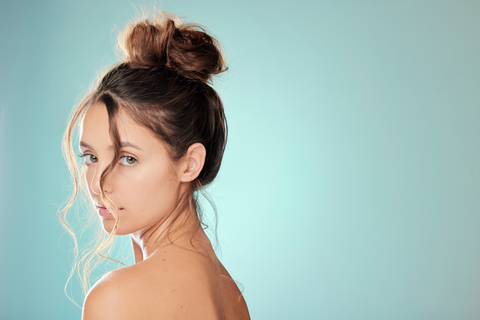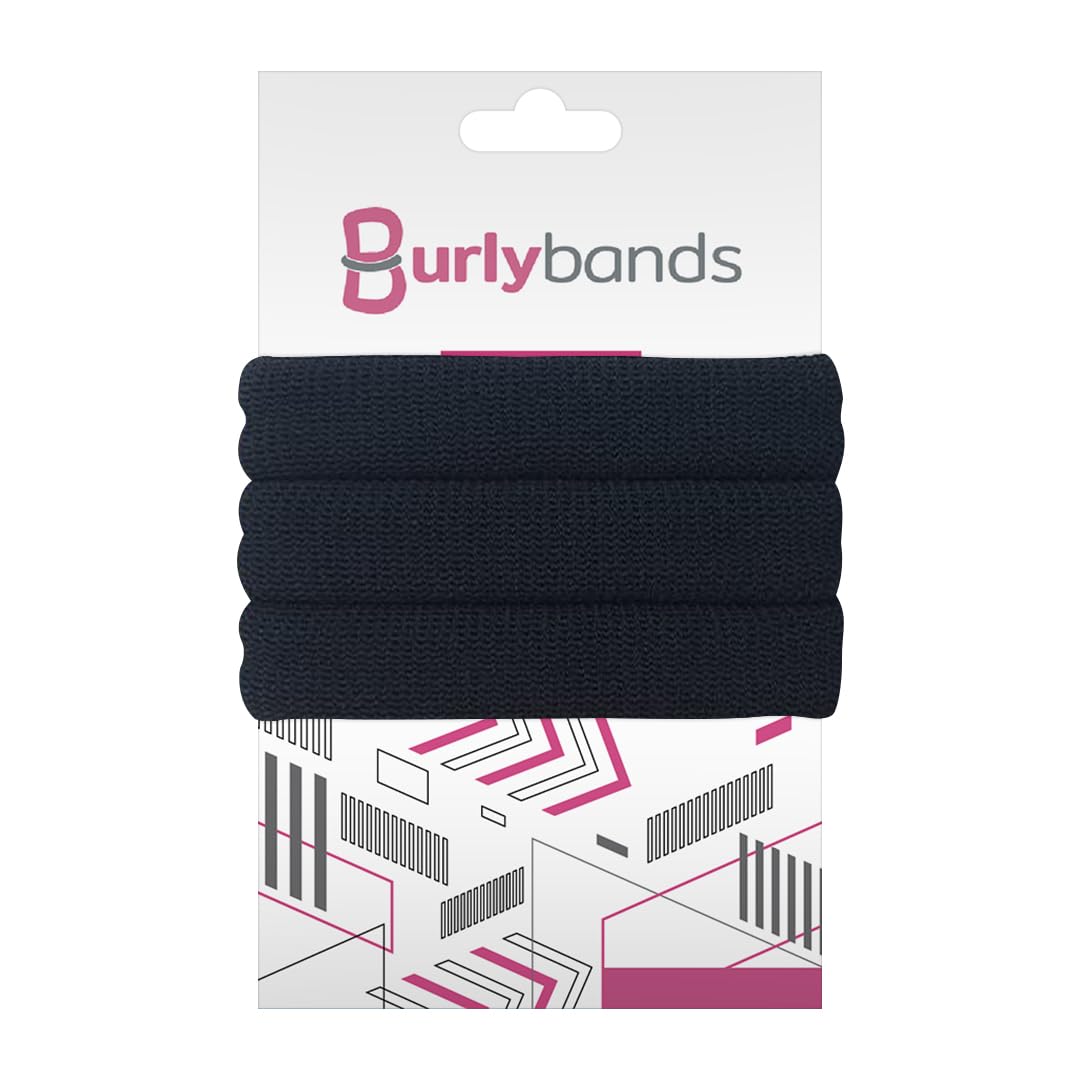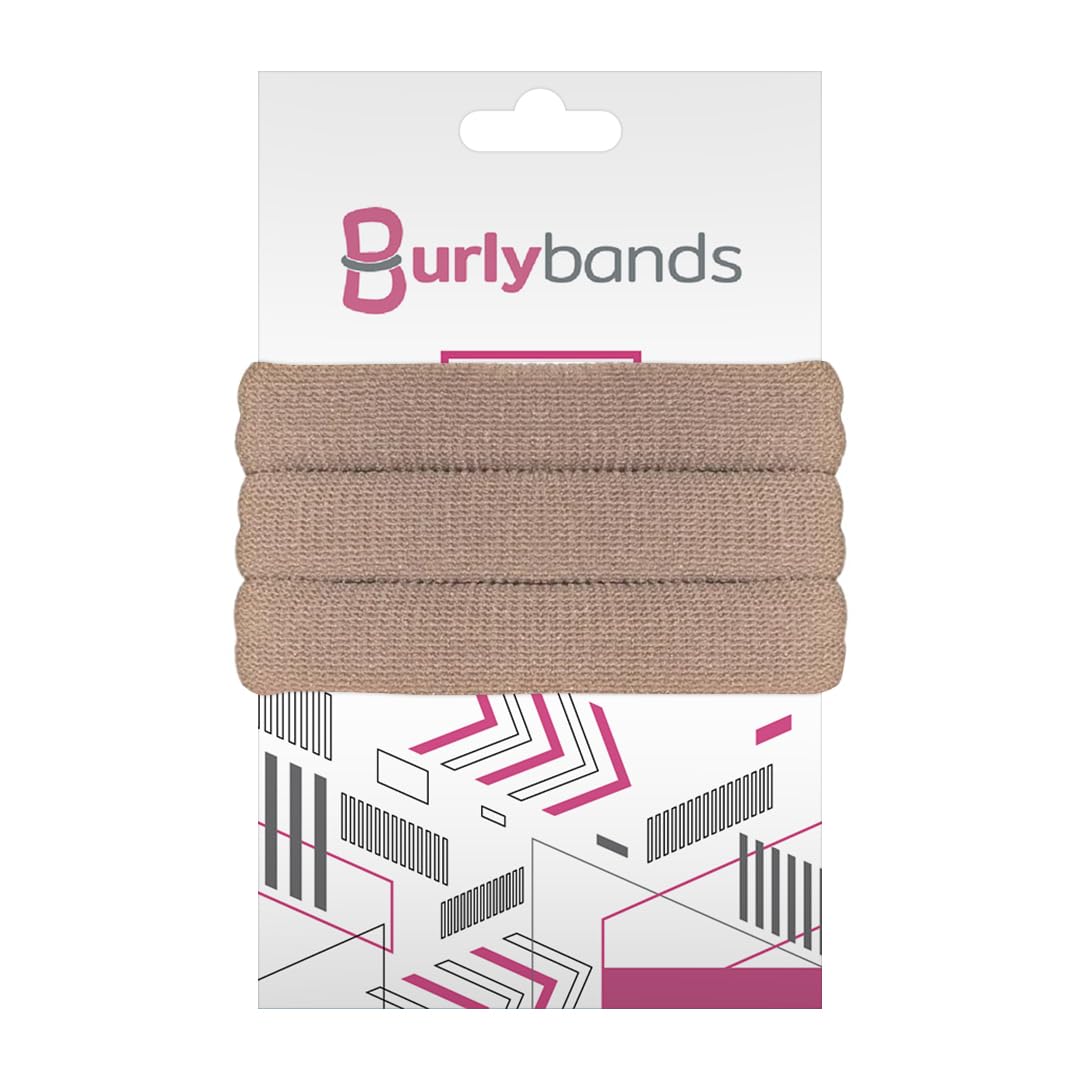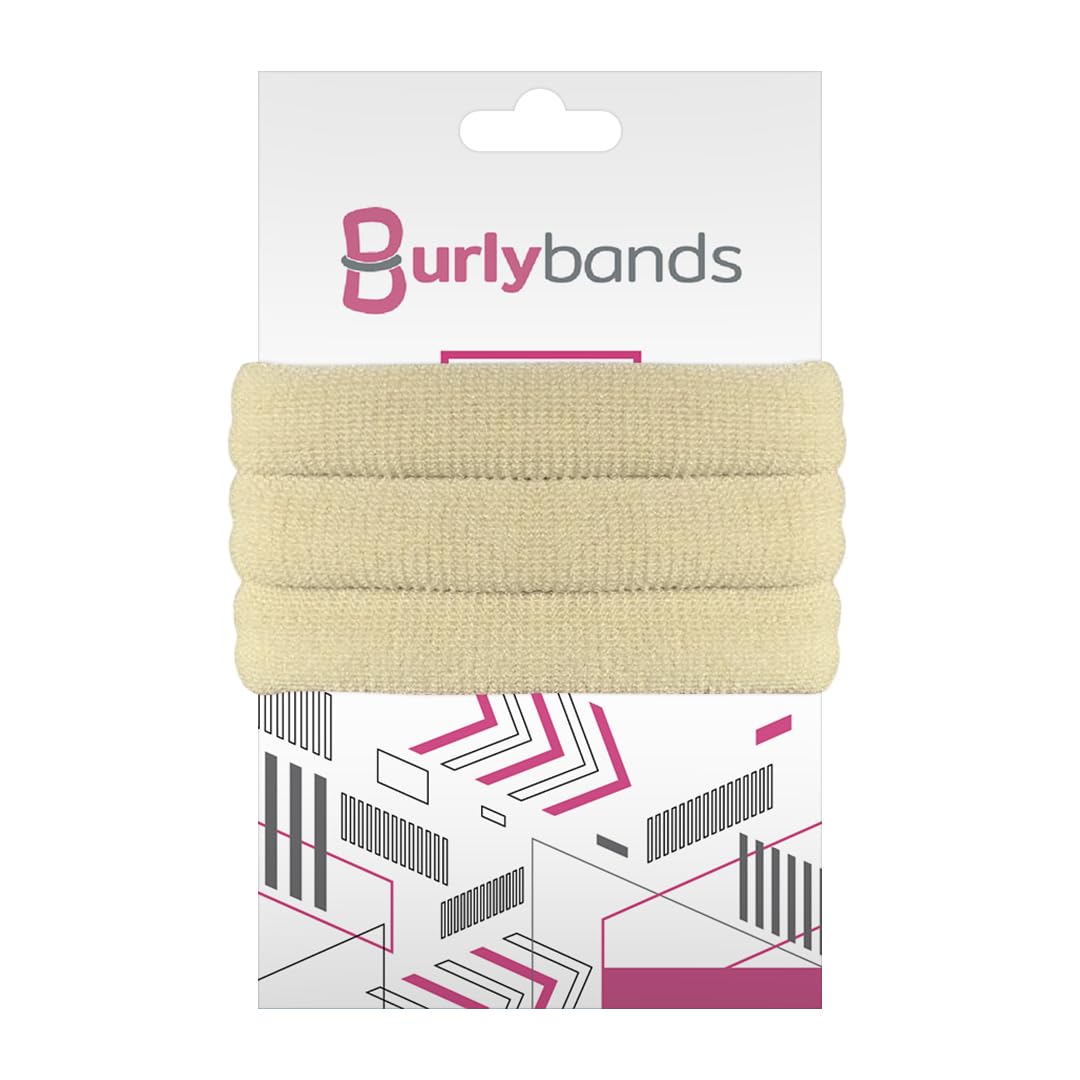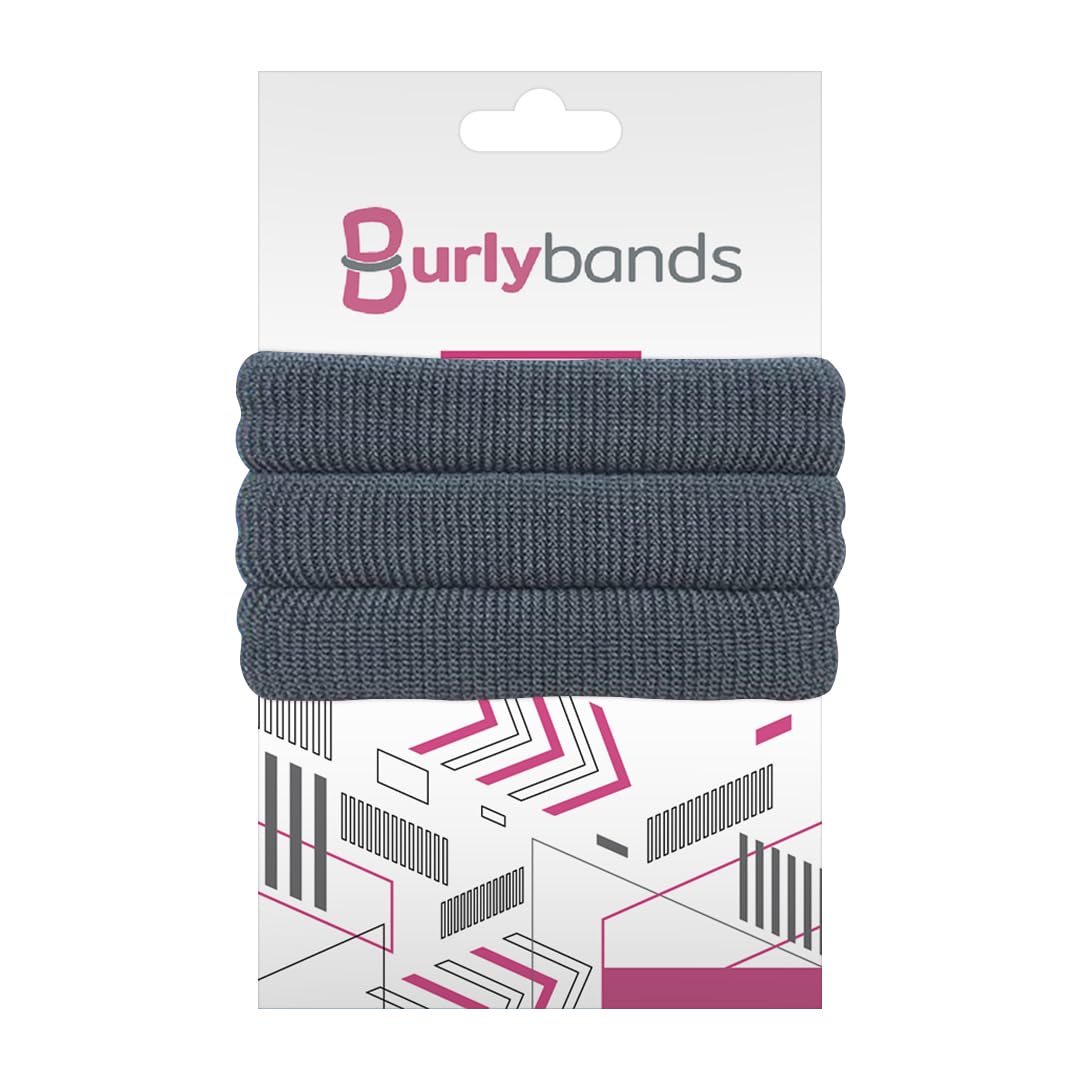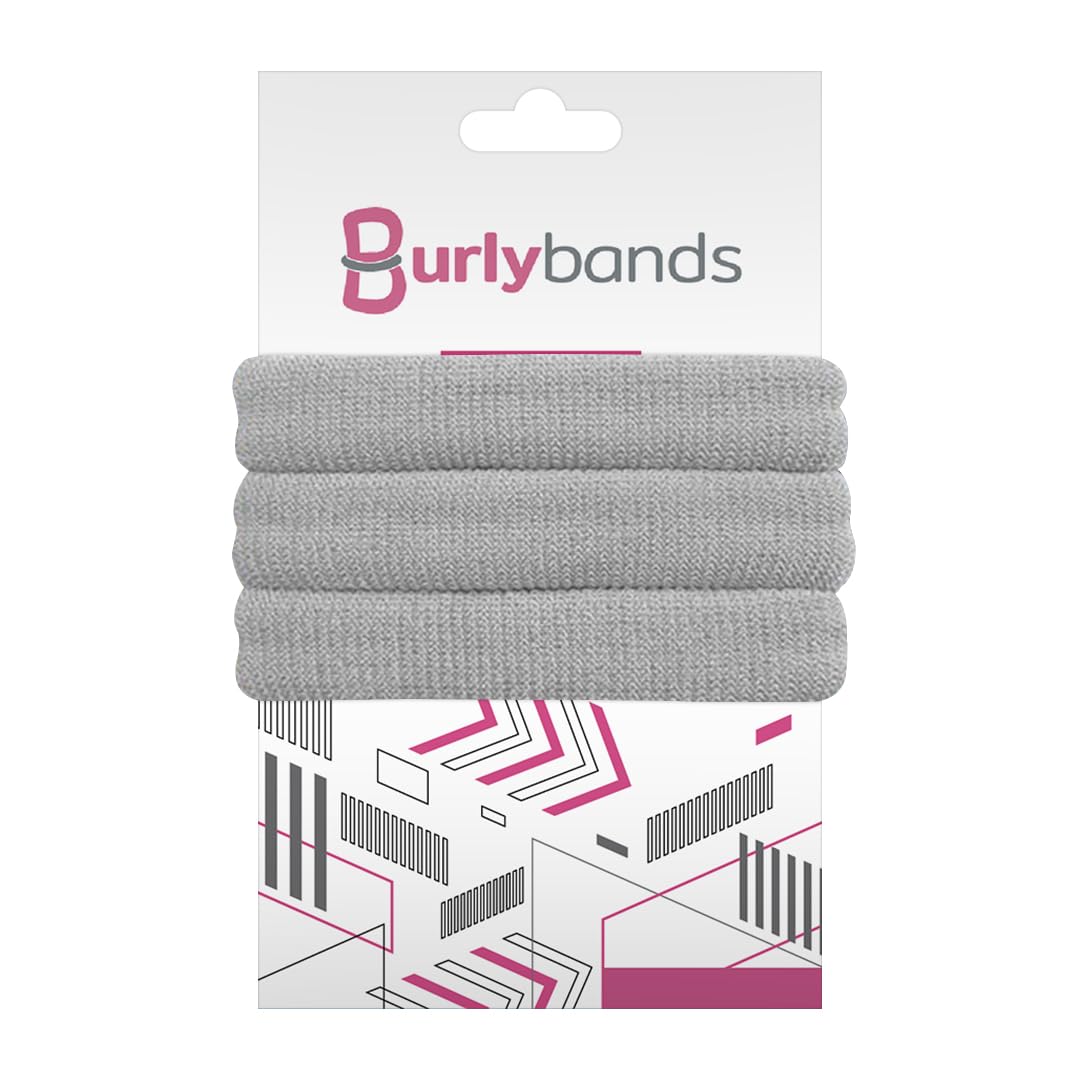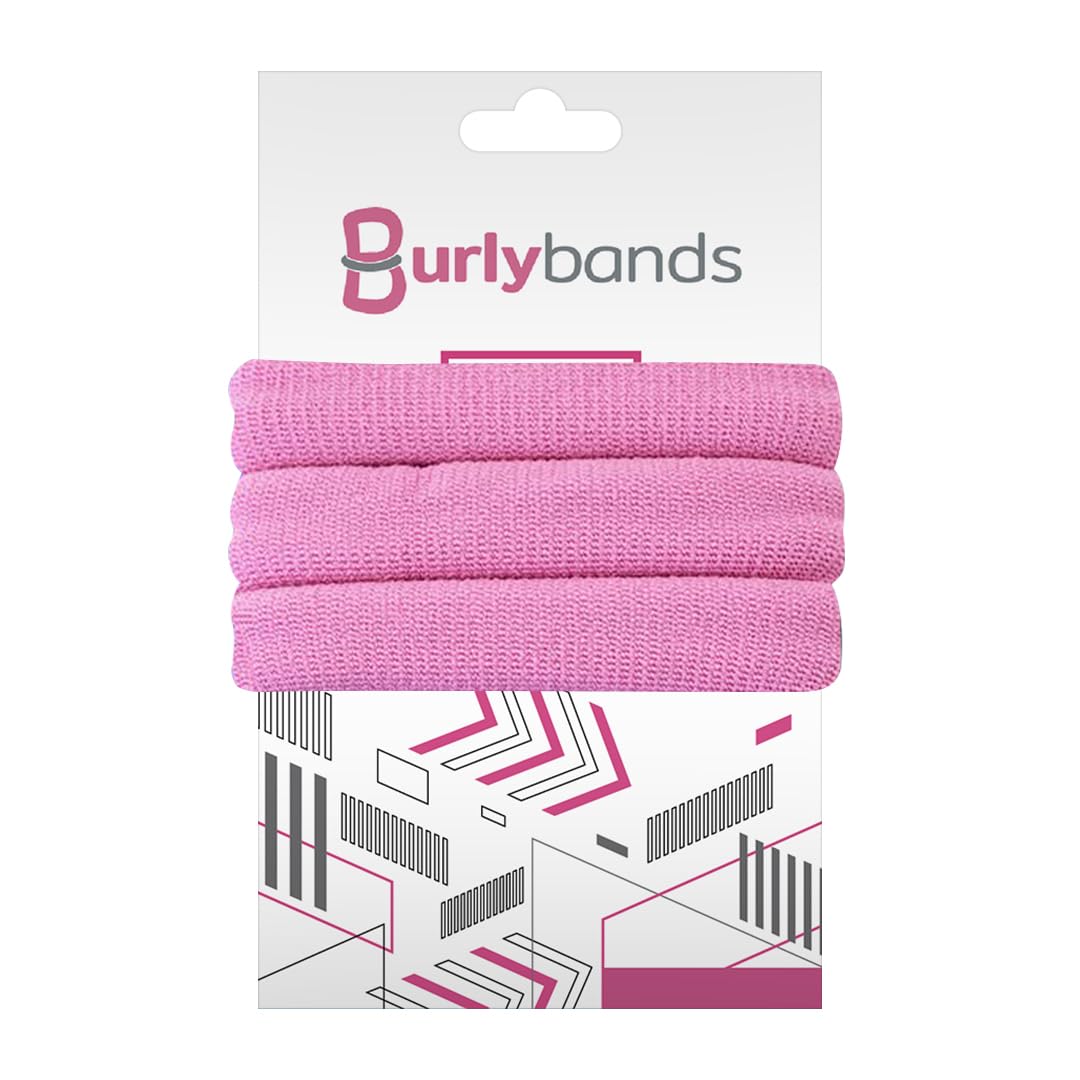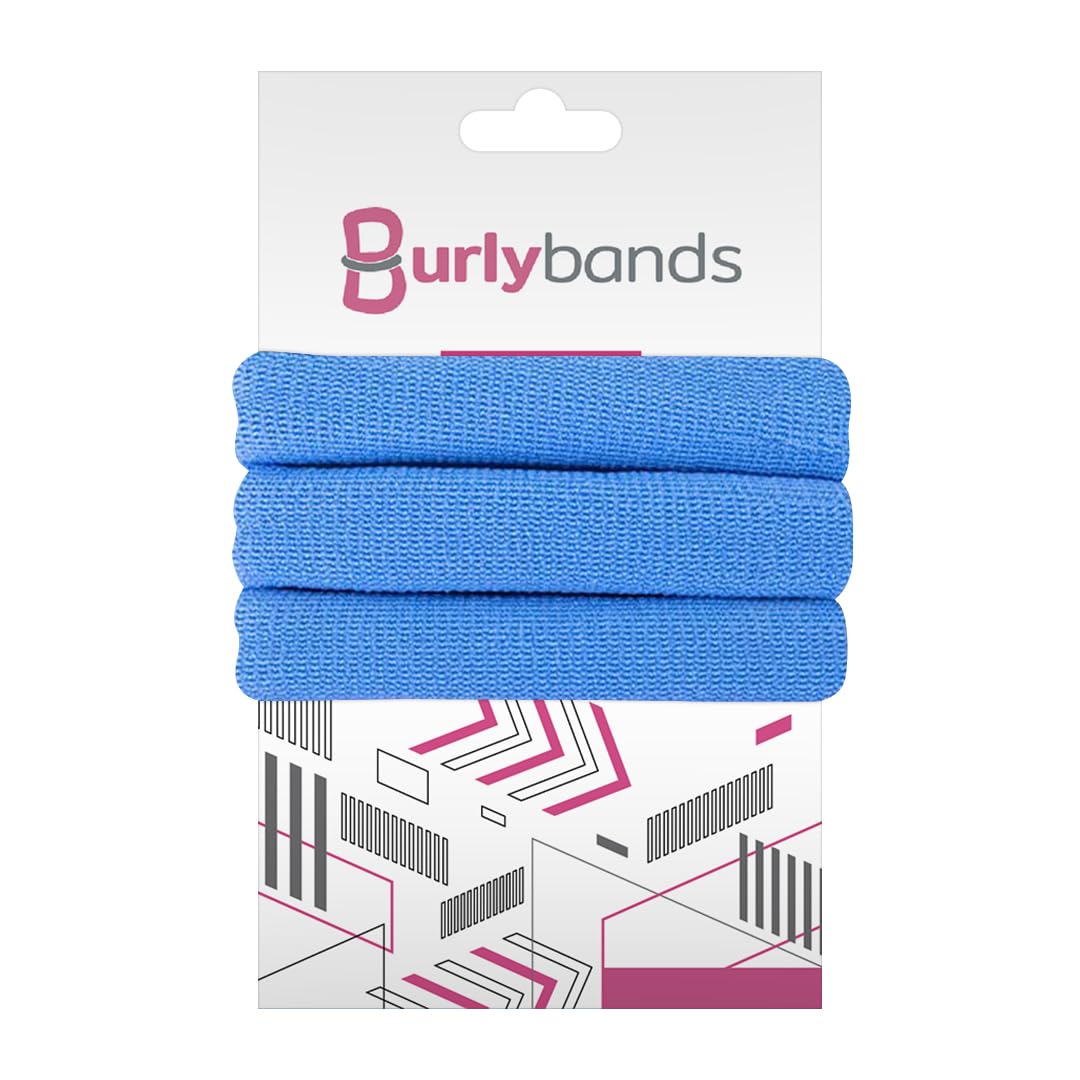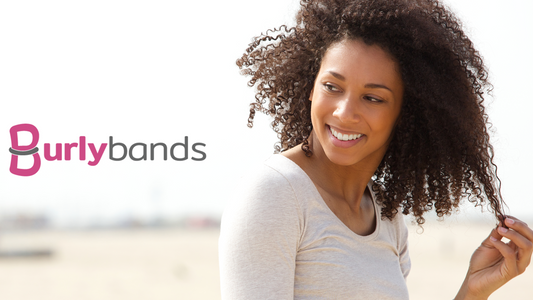Summer is almost here, and if you're tired of your hair sticking to your neck from all the sweat, tying it up is the only option. But with all the tugs and pulls that come with hair tying, you might be a little put off by the entire idea. But what if we told you that there are hairstyles that minimize damage? Continue reading to find out what we're talking about.
What Causes Damage During Hair Tying?

Credit: Envato Elements/ yavdat
When you pull your hair back to tie it, it strains the roots, which can weaken them over time and may even lead to hair loss or breakage. Also, rubber bands or ties that are used when tying can catch on to individual strands, causing them to snap when you try to remove the tie. Additionally, repetitive styling, like wearing your hair in the same ponytail or bun every day, can stress the same sections of hair, leading to wear and tear. But this does not mean that you can't tie your hair at all. You can but you need to choose the right hairstyles.
Protective Hair Styles for Maintaining Healthy Hair
Here are some great hairstyles for maintaining healthy hair:
1) Loose Ponytail
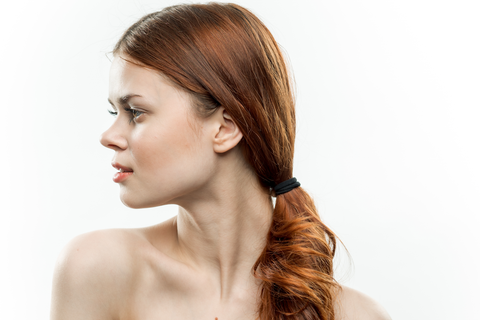
Credit: Envato Elements/ shotprime
A loose ponytail reduces tension on your hair roots, making it ideal for casual days or when you’re at home. It prevents breakage by avoiding excessive pulling.
How to Do It:
- Gather your hair gently at the nape of your neck or slightly higher.
- Use a soft, spiral hair tie or a fabric-covered band to secure the ponytail loosely.
- Allow some strands to frame your face for a relaxed look.
2) Braided Bun

Credit: Envato Elements/ mtyoung
This style keeps your hair contained and prevents tangling, especially on windy days or during physical activities. The braid distributes tension evenly throughout your hair.
How to Do It:
- Start with a simple braid (French, Dutch, or a basic three-strand braid works well) at the back of your head.
- Secure the end of the braid with a soft hair tie.
- Twist the braid into a bun at your desired height and secure it with bobby pins or a spiral hair tie.
3) Low Side Braid
Credit: Envato Elements/ YuriArcursPeopleImages
This style is particularly gentle and keeps hair off your face. It's ideal for casual outings or when you want your hair managed without strain.
How to Do It:
- Brush your hair to one side, choosing either the left or right.
- Begin braiding loosely from just below the ear level, keeping the braid as loose or tight as is comfortable.
- Secure the braid with a soft, fabric hair tie to minimize tension.
4) Twisted Halo
Credit: Envato Elements/ dasha11
This hairstyle keeps hair off your face without pulling too tightly on the roots. It’s especially good for keeping your hair tidy during workouts. It's also a great hairstyle for long hair.
How to Do It:
- Part your hair down the middle.
- Take a small section of hair from one side at the front and begin twisting it away from your face, adding more hair as you move towards the back of your head.
- Secure the twist at the back with bobby pins.
- Repeat on the other side so the two twists meet and form a halo at the back of your head.
5) Messy Bun
Credit: Envato Elements/ YuriArcursPeopleImages
This is a quintessential go-to hairstyle for a relaxed look. Since the bun is secured loosely, it prevents stress in any particular area.
How to Do It:
- Flip your head upside down and gather your hair into a ponytail at your desired bun height.
- Twist the ponytail loosely and wrap it around the base to form a bun. Keep your hair loose.
- Secure with a soft hair tie or a few bobby pins, allowing a few strands to fall freely for a casual, effortless look.
6) Scarf Wrap Updo
Credit: Envato Elements/ MgrSanko
Incorporating a soft scarf into your updo can reduce friction and prevent hair damage. This is a stylish hairstyle that's suitable for both home and outings.
How to do it:
- Choose a soft, thin scarf.
- Tie your hair into just a ponytail at the back.
- Fold the scarf into a band, place it at the back of your head under the ponytail or bun, and bring the ends to the front.
- Twist the ends around each other once, then bring them back to the nape of your neck and tie them securely.
Hairstyles to Avoid for Healthy Hair
Credit: Envato Elements/ Prostock-studio
While having the right hairstyle is important, there are also certain hairstyles you need to avoid to enjoy healthy long hair again. Here are some of them:
1) Tight Ponytails or Buns
Constantly wearing your hair in tight ponytails or buns can lead to tension alopecia, where hair is pulled out from the roots due to excessive tension. This can result in weakened hair and even hair loss over time.
2) High Tension Braids
Braids that pull tightly on the scalp, such as cornrows or tightly done French braids, can cause similar issues to tight ponytails. They strain the hair follicles which can damage your hair and lead to hair loss.
3) Wet Hair Updos
Doing any sort of wet hairdo is extremely damaging to your hair since your hair in this state is more elastic and prone to snapping than dry hair. You might also end up getting scalp infections due to trapped moisture.
4) The Same Hairstyle Daily
When you wear your hair in the same style every day, you cause stress to the same strands repeatedly which can lead to breakage in those areas. While tying your hair up is fine, make sure to change the hairstyle and placements to distribute tension evenly across your scalp.
The Best Products for Damaged Hair

Credit: Envato Elements/ FabrikaPhoto
When dealing with damaged hair, choosing the right products is crucial for repair and protection. Here's a list of product types beneficial for revitalizing damaged locks:
1) Sulfate-Free Shampoos
Unlike traditional shampoos, sulfate-free shampoos don't strip hair of its natural oils due to the absence of sulfates which are harsh detergents found in many shampoos, This is super important for damaged hair, which needs to retain as much moisture as possible to avoid further dryness and brittleness.
When selecting a sulfate-free shampoo, it's important to consider your specific hair needs. If your hair is dry, look for one that hydrates. If you've colored your hair, choose one that protects the color. This way, you can give the best care to your damaged locks.
2) Deep Conditioners
Deep conditioners are designed to penetrate deeper into the hair shaft to deliver intense hydration and essential nutrients. This helps to repair internal damage, restore hair's elasticity, and strengthen strands to prevent future breakage.
When picking a product, look for natural oils, proteins, and amino acids. These ingredients are known to effectively restore moisture balance, increase hair resilience, and improve overall texture.
3) Leave-In Conditioners
Unlike traditional conditioners that you rinse out, leave-in conditioners stay in your hair after application to provide prolonged moisture and protection throughout the day. They are great for detangling strands and reducing frizz. When choosing a product, look for formulas enriched with nourishing ingredients like vitamins, natural oils, and herbal extracts.
4) Hair Masks
Hair masks are designed for deep treatment and can be particularly useful for extremely damaged hair. They contain ingredients, such as proteins, vitamins, and essential oils, which work together to restore your structure. For the best results, look for a hair mask that targets your specific hair concerns, and make sure to apply it once or twice a week.
5) Hair Oils
Lightweight hair oils can seal in moisture, smooth frizz, and improve hair texture without weighing it down. They can be used on damp or dry hair to add a protective layer that minimizes future damage.
When selecting a hair oil, choose one that suits your hair type and concerns— argan oil for moisture and shine, coconut oil for deep nourishment, rosemary oil for hair fall, or jojoba oil for balancing oil production.
Additional Hair Tips to Fix Damaged Hair
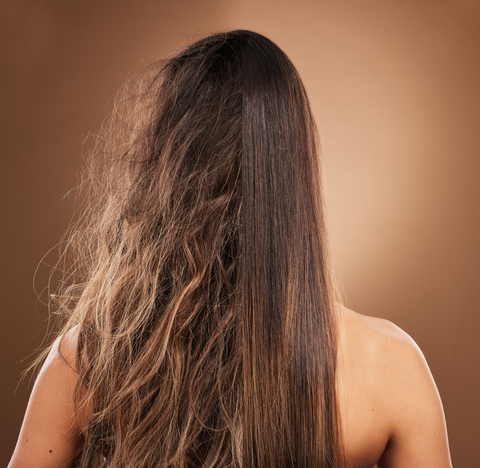
Credit: Envato Elements/ YuriArcursPeopleImages
- Trim your hair every 6-8 weeks to get rid of split ends.
- Minimize the use of heat styling tools. When you do use them, always apply a heat protectant first.
- Do not wash your hair with hot water as it can strip your hair of essential oils. Use lukewarm water instead.
- Reduce the frequency of coloring, perming, or chemical straightening treatments to give your natural hair a chance to recover.
- Avoid using hair ties with metal parts or rubber bands, as they can pull on and damage your hair. Instead, opt for fabric hair elastics or scrunchies.
Summary
Taking care of damaged hair means doing certain things to avoid further damage. This includes avoiding particular hairstyles and using the right products to repair your hair. By following these steps, you can improve your hair health and enjoy your luscious locks again.
Tired of hair ties that pull, break, or damage your thick hair? Check out Burlybands fabric hair ties. Designed with your hair's well-being in mind, Burlybands are gentle, durable, and perfect for all hair types. Shop with us today.
 Log in
Log in




